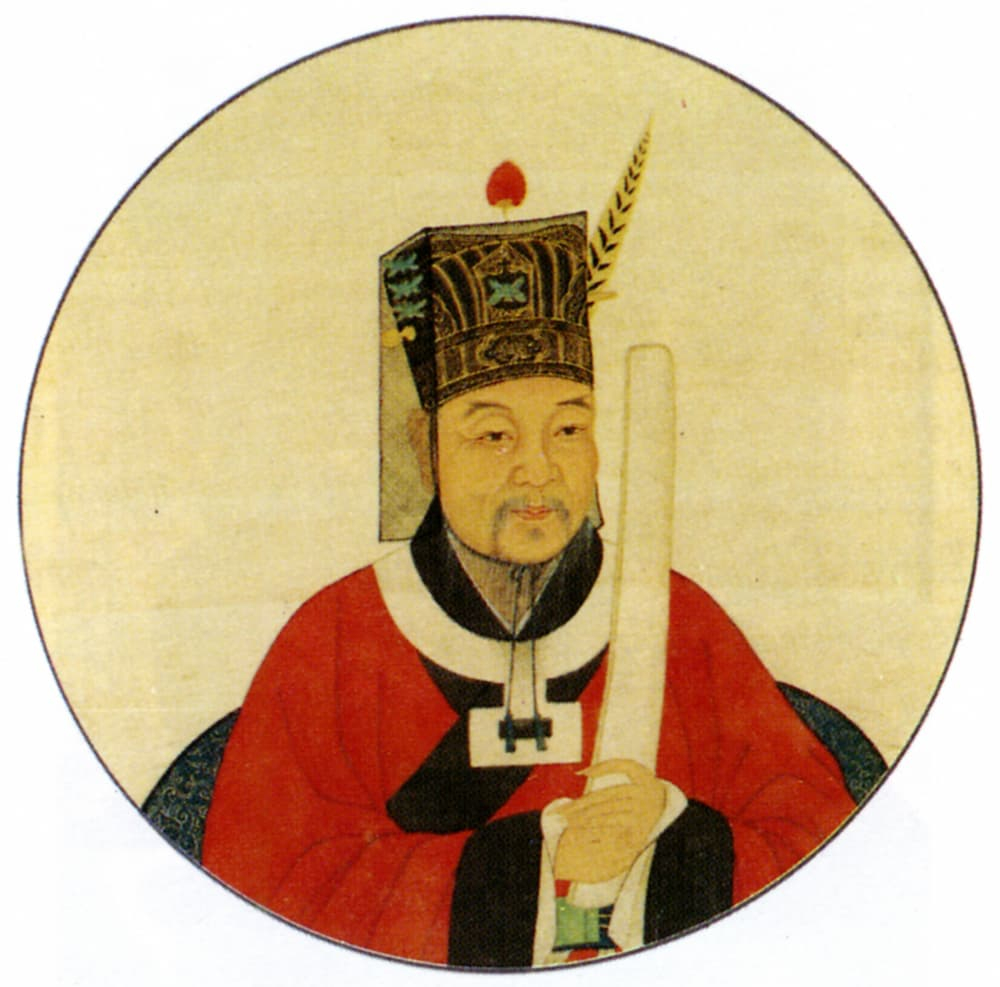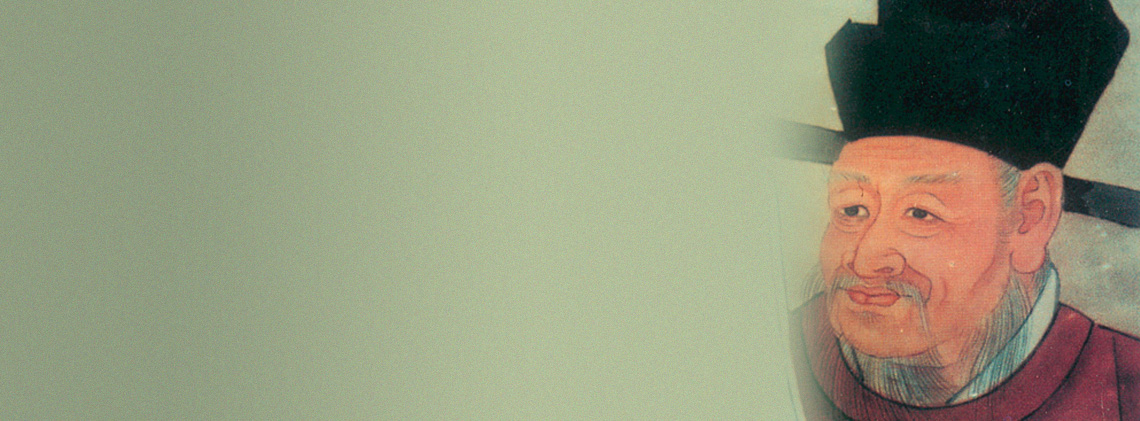
The Splendid Song Dynasty Culture
Splendid
Chi Culture
Topic
The Splendid Song Dynasty Culture
After the coup at Chenqiao Bridge (陳橋兵變), Zhao Kuangyin (趙匡胤) founded the Song dynasty and became Emperor Taizu (宋太祖). The Song dynasty left in Chinese history 300 splendid years of strong economy, prosperous lives, and advanced scientific and technological development.
Some may argue that the Song dynasty was not a great power as it often lost battles to foreign enemies. However, these defeats were not due to Song’s weak military strength. They rather reflected the strong cavalry of many of China’s enemies of the time, including the Khitan Empire (契丹), Western Xia (西夏), Jin State (金國), and Mongol Empire (蒙古). The dynasty in fact established several arsenals to produce advanced weapons, one of them being the crossbow and bolt factory in the capital city of Kaifeng (開封) that designed and produced the Chuangzi Nu (床子弩) or Bed Crossbow, a powerful weapon whose large bolts could penetrate city walls.
The Song dynasty had remarkable scientific and technological achievements. According to scholars, around one-third of outstanding scientists in Chinese history lived during the Song and Yuan (元代) dynasties. The famous British sinologist Joseph Needham also pointed out the Song dynasty’s emphasis of science and technology. The dynasty has often been the focus in China’s ancient scientific and technological history. In addition, except for papermaking, the other three of ancient China’s Four Great Inventions, namely printing, compass, and gunpowder, were widely used in that period. Shen Kuo (沈括), a renowned Song scientist, was hailed by Needham as “the most outstanding figure in the history of science in ancient China”. In his book Dream Pool Essays (《夢溪筆談》, Mengxi Bitan), Shen described and recorded scientific knowledge related to astronomy, calendar, geology, optics, medicine, and mathematics. He discovered that the magnetic needle compass could find directions, resonance in sound, crustal movement, and the relationship between the moon and the tides. He was also the first to invent three-dimensional maps, name petroleum, among other achievements.
The Song dynasty was perhaps the wealthiest dynasty in Chinese history because its annual coinage output was over ten times than that of the Tang dynasty (唐代). Moreover, the Song’s coinage output in two years exceeded the total amount of that of the whole Ming dynasty (明代). According to archaeological discoveries, coins cast during the Song dynasty were popular with the people of the Liao (遼國) and Jin (金國) Empires, as well as merchants at that time from the Korean Peninsula, the Japanese archipelago, Southeast Asia, Indian subcontinent, and Persian Gulf. How were people’s lives in the prosperous Song dynasty? A Northern Song Dynasty Grand Councilor once said that many people living in the capital had wealth amounting to 100,000 strings of cash coins. According to historians, the daily income of an ordinary Song civilian was approximately 100 wen (文, an ancient currency unit). Considering the living standards of 1,000 years ago, this was a considerable sum of income. The Song people were far better off when compared with the daily income of 20 wen of a person during the Ming dynasty.
In addition to its economic prosperity, the Song dynasty was notable for its fair imperial examination system. The system was established during the Sui (隋代) and Tang dynasties. However, it was incomplete and pre-selection of candidates was often. It was not until the Song dynasty that the practice of pre-selecting candidates was forbidden, and a fair method for selecting talented minds was adopted. Candidates, regardless of their family background, were given an equal opportunity to serve as officials after passing examinations. Therefore, many outstanding politicians emerged, including Ouyang Xiu (歐陽修), Wang Anshi (王安石), Fan Zhongyan (范仲淹), and Su Shi (蘇軾).
Song Ci (宋詞, Song lyric poetry) and Song paintings are a good way to better understand the Song people’ s vivid lives. Song Ci was known for its popularity; and the realistic depictions in Song paintings reflected daily lives during that era. A major form of entertainment for Song people was listening to lyric poems in public entertainment venues, such as“Washe” (瓦舍) or “Goulan” (勾欄). Liu Yong (柳永), a man of letters born during the middle Northern Song dynasty, was famous for his lyric poems. It was said that “wherever there is a well, Liu’s works can be heard”. One line in particular from the Yulinling (《雨霖鈴》, Ringing Sound of Bells in Continued Heavy Rain), one of Liu’s famous works, “Willows by the river, the waning moon in the dawn breezes” was touching and enchanting to many ladies of the time. Su Shi, another eminent literary figure in the Song dynasty, was also a master of Song Ci. In Niannujiao Chibi Huaigu (《念奴嬌‧赤壁懷古》, Memories of the Past at Red Cliff), he wrote, “The mighty river flows eastward, with its huge waves are gone all those gallant heroes of bygone years.” These epic and heroic lines were loved by the bravehearted and heroes. .
Riverside Scene at Qingming Festival (《清明上河圖》) is the most renowned among the surviving Song paintings. Painted by the Northern Song artist Zhang Zeduan (張擇端), it was regarded as a “divine work” by Emperor Huizong of Song dynasty (宋徽宗) and it is now a collection of the Palace Museum in Beijing (北京). This painting exhibits the bustling Bianjing (汴京), the capital of Northern Song dynasty, featuring merchant ships of varied size transporting goods for the over one million residents of the city on the Bian River (汴河). Taverns, inns, and shops turned the riverbanks into a prosperous area. The bridges over the river are full of crowds of shoppers and vendors, creating a vibrant atmosphere. Together with the busy urban areas filled with heavy traffic and shops, the hustle and bustle of the life in the Song capital are all vividly captured in this painting.







